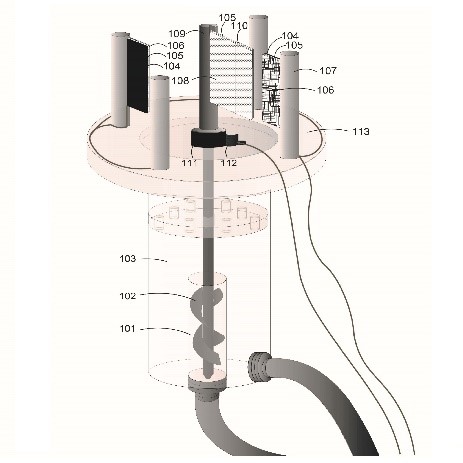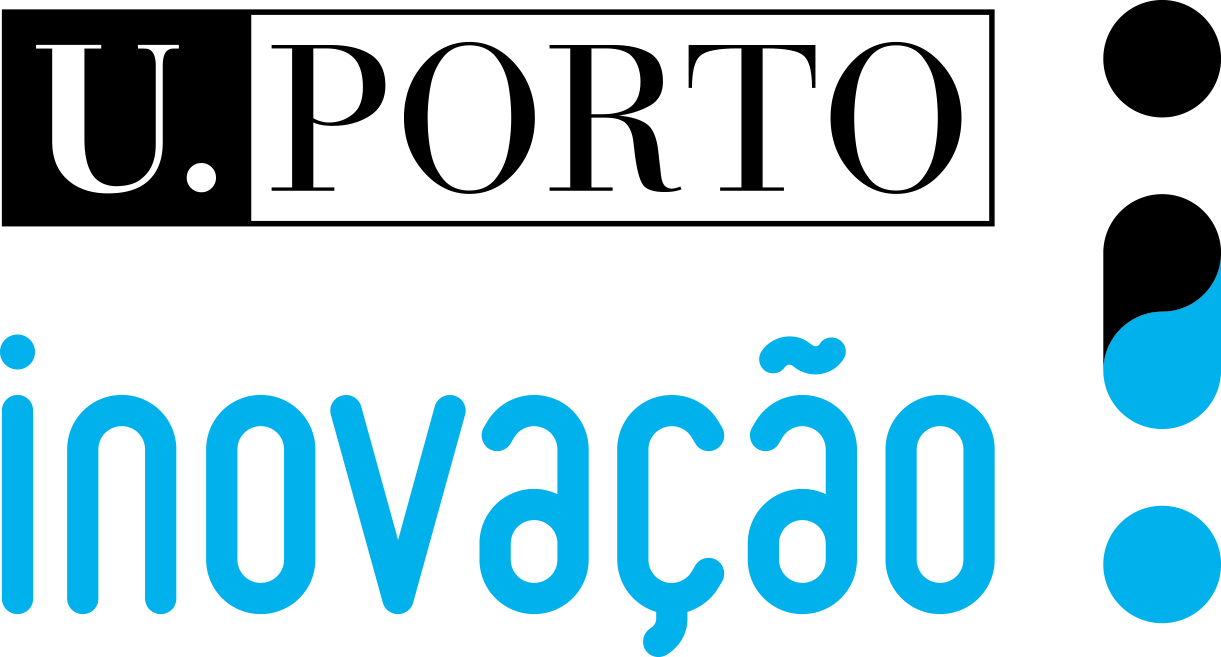
The triboelectric driven turbine is a rotary triboelectric nanogenerator (TENG), specifically designed to harvest energy from fluids in motion. The TENG here proposed has a rather different approach, by using a fan to capture the mechanical kinetic energy of flowing water. This fan activates a set of triboelectric plates that are located in a watertight compartment, and use the contact-separation mode and sliding mode triboelectric effects to harvest energy. The main advantage of the configuration proposed is its relatively small scale design, allowing it to be installed into small water flows. Having the triboelectric materials in a watertight compartment guarantees greater durability of the materials. Additionally, the combination of two triboelectric modes provides an increased performance of the generators in terms of energy harvested.
Triboelectric nanogenerators make use of contact electrification to harvest ambient energy of the environment. The triboelectric effect is present in some plastic materials that, when rubbed against each other, become electrically charged. The triboelectric effect of a given material is influenced by its different properties, like temperature, strain, roughness, among others. An everyday demonstration of the triboelectric effect is what is commonly defined as static electricity. The possible applications of triboelectric nanogenerators, like the one here in analysis, are countless. Some recent media coverage has pointed out the huge interest this technology is having, and even reported the interest of main technological players.
The triboelectric driven turbine is a rotary triboelectric nanongenerator (TENG) specifically designed to harvest energy from fluids in motion. Being by design watertight, it is particularly suited to be employed in water pipelines, taps of housing, etc. The possibility of using this device to monitor supply systems is also open. This TENG is hybrid in the sense that it tries to harvest energy from two basic triboelectric modes: contact-separation mode and lateral sliding mode. This TENG makes use of a fan that rotates with the water flow. This rotary effect will then induce the contact between plates of different triboelectric materials that are located in a watertight compartment. The plates are designed to take advantage of a combined contact separation and lateral sliding triboelectric modes, thus harvesting the energy from the water flow. The TENG here proposed has a rather different approach, by using a fan to capture the mechanical kinetic energy of flowing water. The main advantage of the configuration proposed is its relatively small scale design, allowing it to be installed into small water flows. Having the triboelectric materials in a watertight compartment guarantees greater durability of the materials. Additionally, the combination of two triboelectric modes provides an increased performance of the generators in terms of energy harvested.
The present invention will be incorporated in water pipes and water supply networks in order to generate energy to supply monitoring and functional devices. One of the advantages to use such an advanced energy harvesting technology is to power low-energy electronics without any need for batteries or external powering. Flow, temperature, pressure or even water quality can be measured by sensors in the pipes and transmitted to central processing and monitoring. Another advantage is to use this environmentally green power source to contribute to the electrical grid lowering the electrical costs of domestic, professional or public installations.
A proteção dos direitos de propriedade industrial é cofinanciada por:






